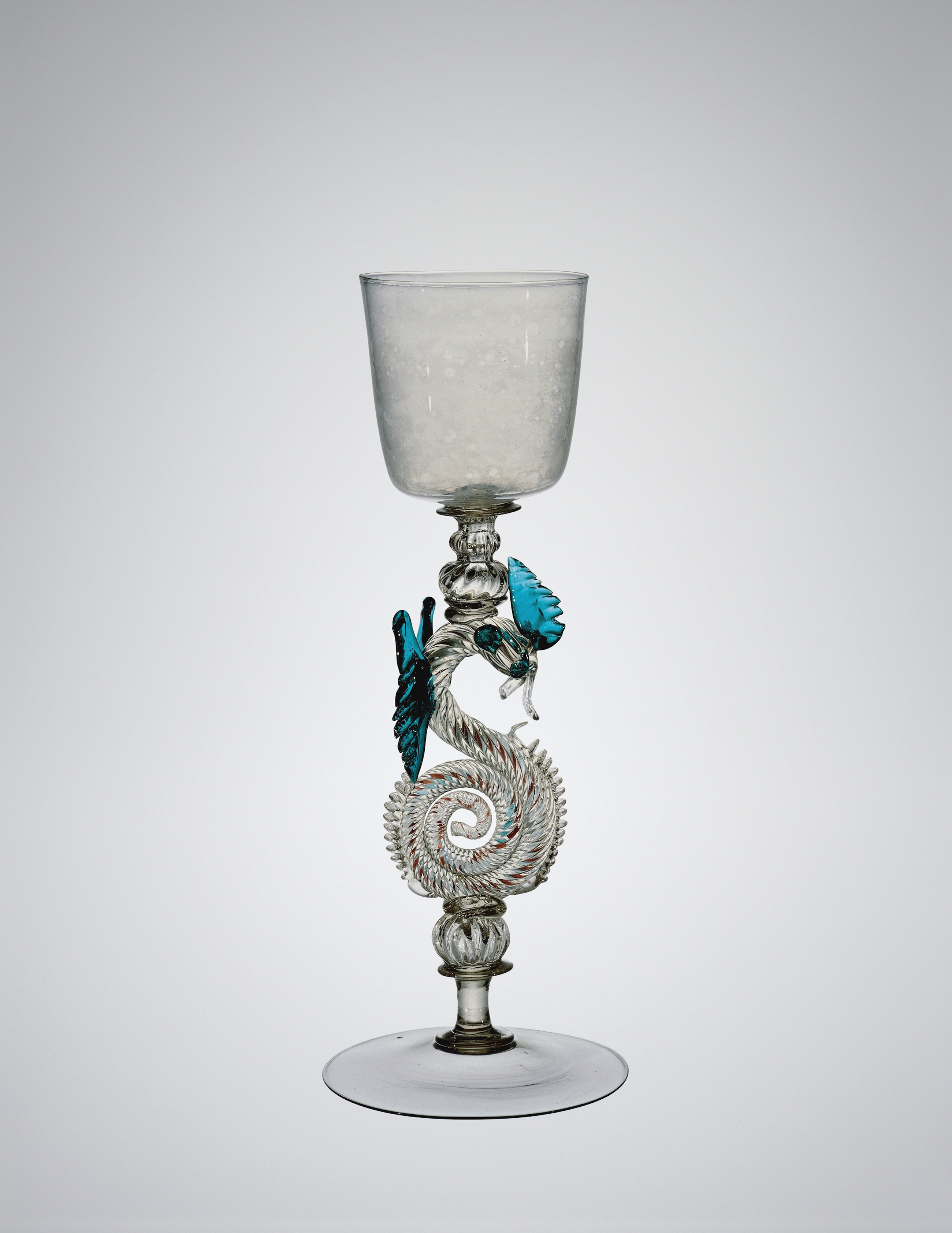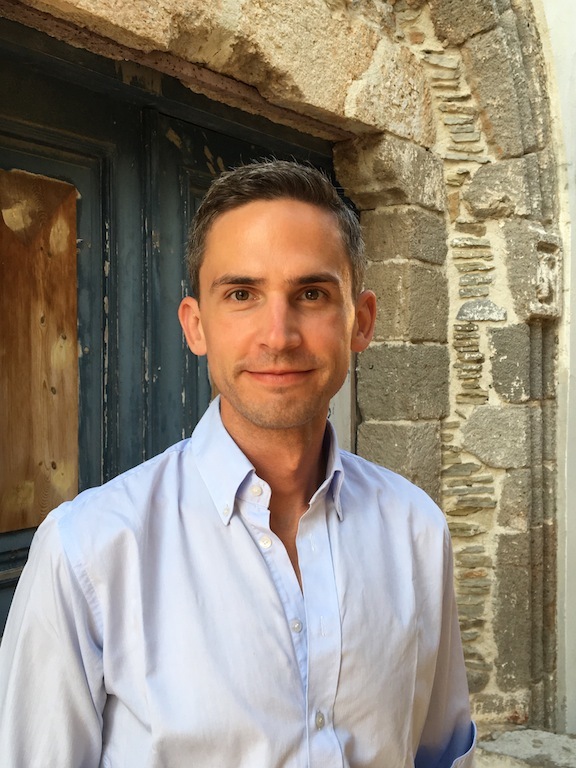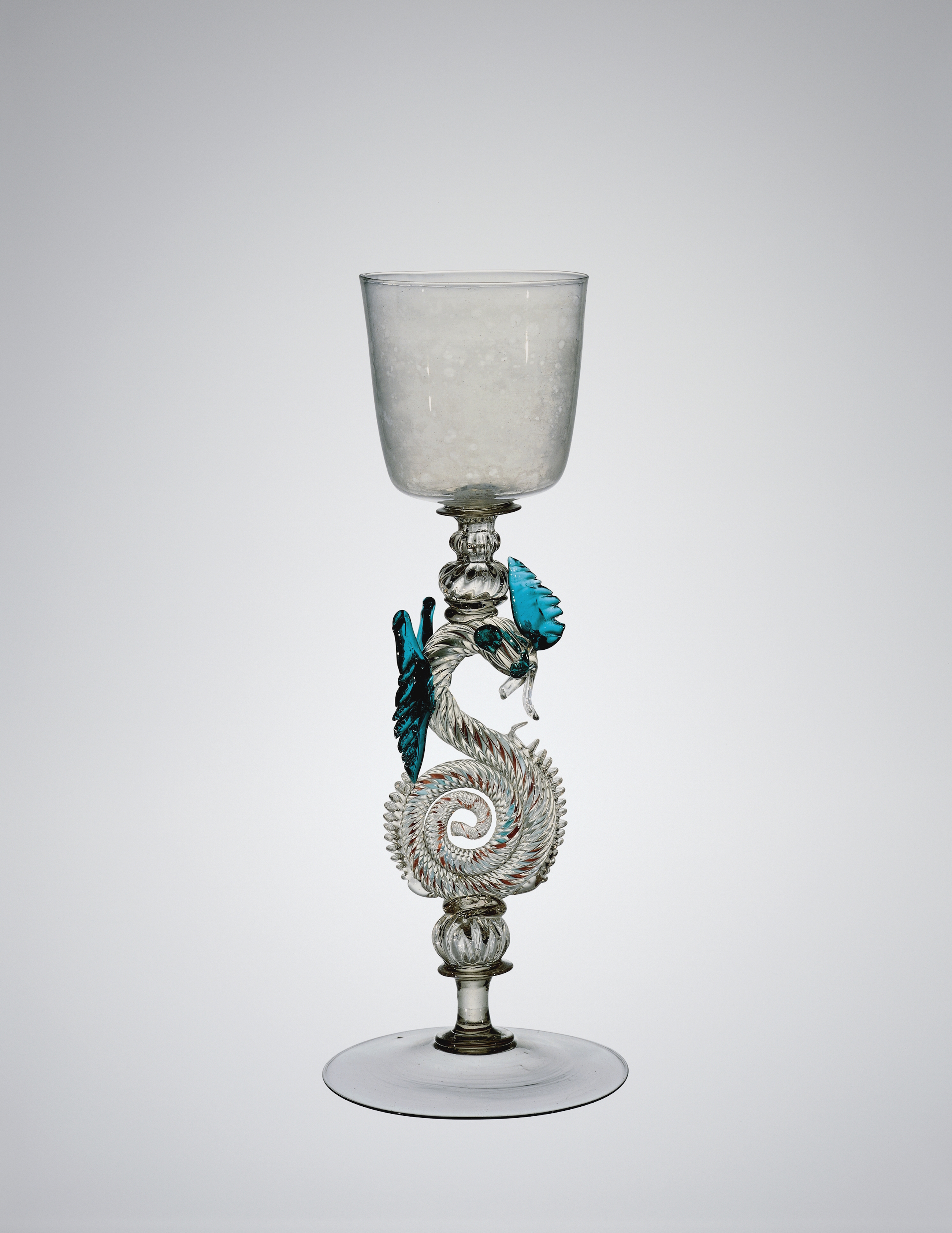Filling a position that was vacated when Audrey Whitty left for a position at the National Museum of Ireland in 2014, the Corning Museum of Glass (CMoG) has appointed Christopher Maxwell as its new curator of European glass. Currently working as a European associate at the U.S.-based art dealer Travis Hansoon Fine Art, Maxwell will be responsible for cataloging and exhibiting the Corning’s extensive collection of European glass works that date back to the early medieval period, when he assumes his new post in October 2016. Maxwell has worked in various roles including curator at the U.K.'s Royal Collection Trust, and as an assistant curator of ceramics and glass at the Victoria & Albert Museum in London. He earned a Ph.D. from the University of Glasgow in 2014.
President and executive director of the Corning Museum of Glass Dr. Karol Wight told the GLASS Quarterly Hot Sheet that Maxell's focus on 18th-century European ceramics in general, and French porcelain in particular, while at the V&A would be an asset: “[There] is a strong relationship between ceramics and glass that might not be readily apparent. The context for objects in both materials is often the same.” To Wight's point, the official announcement of the hiring includes a quote from Maxwell saying he is: “fascinated by... what the V&A’s ceramics collection represents not just in terms of artistic development, but also what these works reveal about advances in science and technology, political ambition and global trade, and the practical, cultural, and social significance of these works,” which he says are very similar to what glass can represent.

Asked about the European curator position and its frequent turnover (Maxwell will be the fourth curator to hold the position in the past 8 years), Wight said to the Hot Sheet that, “it always takes time to find the right candidate for any position, and for a museum devoted to a single material, it becomes a more exacting search.” She reassured us that Corning enjoys a multifaceted team of curators and experts who can fill in when needed. In fact, Wight herself stepped into the role as often as she could, along with the support of the other curatorial staff. “Because the museum includes not only the glass collection and galleries, but also the Rakow Research Library and the Studio, there is often hidden expertise across our institution that can be tapped into when an inquiry is received, or an acquisition is considered.” She pointed to the January 2016 publication of CMoG’s digital resource, The Techniques of Renaissance Venetian Glassworking, as an example of the museum’s ability to publish important works even while the hiring process for a European curator was underway.
In response to questions about the turnover in the curator of European glass position, Wight said that, "curators come and go quite regularly at museums across the U.S. and around the world. I don’t consider our turnover here to be out of the ordinary." In fact, she is delighted the museum can serve as a springboard for curators moving on to other institutions. "Part of what we do is to train museum professionals, and I am delighted if they are able to move into a position of higher authority at another institution after some time with us. It is also healthy for an organization to have some turnover so that fresh perspectives, training and insight are generated into an institution on a regular basis."
The other issue is that the pool of specialized curators is not wide or deep. “It is a reality that in the United States, glass is often an overlooked material in the academic programs at our colleges and universities,” she said. “Because of this gap in the curriculum, our candidate pool for curatorial positions is often limited,” Wight said, though she looks forward to that changing in the future. “What I hope for the most is that those who are teaching in academic programs will introduce glass into their curriculum so that as with painting, sculpture, ceramics, and furniture, glass is finally seen to be as important as it truly is.”




